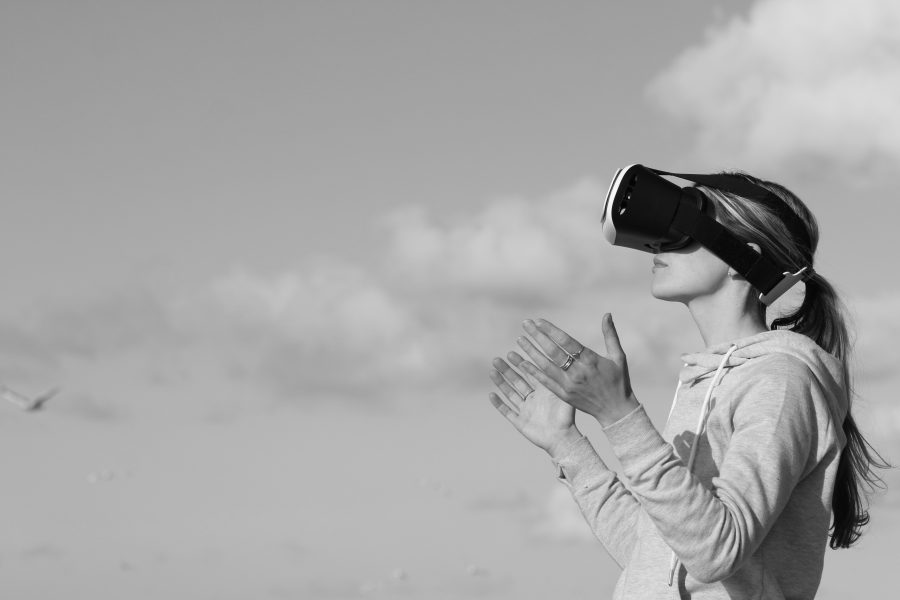1. It’s time to take responsbility
Unease about big tech’s impact on society is driving a movement towards responsibility. Fifty-one per cent of Americans think that major technology companies should be regulated more than they currently are.
There’s clear signs of an emerging movement calling for the industry to take more responsibility for its actions. It’s no surprise when you look back on 2018, big tech was rocked by a series of scandals – including the data firm Cambridge Analytica’s harvesting of 87 million Facebook profiles, and the internal revolt of Google staff objecting to the company’s contract to work with the US Department of Defense on artificial intelligence (AI) technology.
2. Tech for a changing climate
A drive for sustainability is fuelling the development of new technologies that mitigate the effects of climate change, water shortages and phenomena such as air pollution. Something relevant to all those involved in property.
Increasingly concerned about air quality, urban consumers are turning to start-ups that monitor and counteract air pollution and allergens, such as app-controlled air purifiers like Sensio Air and Air Luna. Samsung;s Bot Air, part of a range of robots showcased at CES 2019, can sync with smart home sensors to track air quality, and also functions as a mobile air purifier. A new wave of start-ups is rising to tackle the issue of water conservation, such as smart water assistant Pani, which monitors water usage and detects leaks.
3. The Data Dilemma
We expect to see innovative solutions to data security emerge over the course of 2019 – from on-device processing, to the nascent decentralised web.
New apps and services solve the problem of digital privacy by processing data on-device. Apps such as Canopy run entirely on the user’s device rather than sending data to the cloud – meaning that personal information is not shared or tracked.
4. The Science of Wellness
Consumers are turning to tech to optimise their health and wellness, using bespoke solutions such as 3D printing and hacking their natural cycles.
Consumers are seeking tech-based wellness solutions that provide personalised treatment on a micro level – such as Neutrogena’s MaskiD system, which produces bespoke 3D-printed sheet masks that deliver ingredients to targeted areas of the face.
Natural light cycles are increasingly being integrated into tech offerings, Products such as Kohler Konnect’s Veil Lighted bathroom collection and Simplehuman’s Sensor Mirror Hi-Fi simulate natural light cycles, syncing with circadian rhythms to smooth the consumer’s transition between wakefulness and sleep.
5. Empathetic Tech
Increasingly sophisticated sensors and machine learning are giving technology the capacity to read our emotional states – enabling products and services that respond empathetically to our moods.
We’re seeing the emergence of apps and robot companions that evoke emotions – like Dan Chen’s robot “friends” that simulate comforting gestures. Similarly, huggable robot Lovot from Japanese manufacturer Groove X can respond to physical interactions, communicating through non-verbal sounds and emotional gestures.
Tech manufacturers are producing devices and apps that can recognise and even respond to emotions, demonstrating simulated empathy. Kia have developed its R.E.A.D. (Real-Time Emotion Adaptive Driving) concept – a responsive car interior that monitors the driver’s facial expression and heartbeat and provides sensory stimulants to optimise mood.
6. Holistic User Interfaces
User interfaces are set to become more intuitive and ubiquitous, combining elements of voice, touch and gesture control into a single holistic experience.
Next-generation user interfaces will help users understand the device’s decision-making process. New technology being embraced by Nissan, aggregates invisible data from sensors, the cloud and AI and visualises it – for example, warning drivers of upcoming hazards such as pedestrians crossing, using animations.
New technologies are turning every surface into a controller – like BMW’s Vision INext concept, which transforms the car’s upholstery and wooden fascias into gesture-control interfaces. Surely something to see in a home near you soon.







